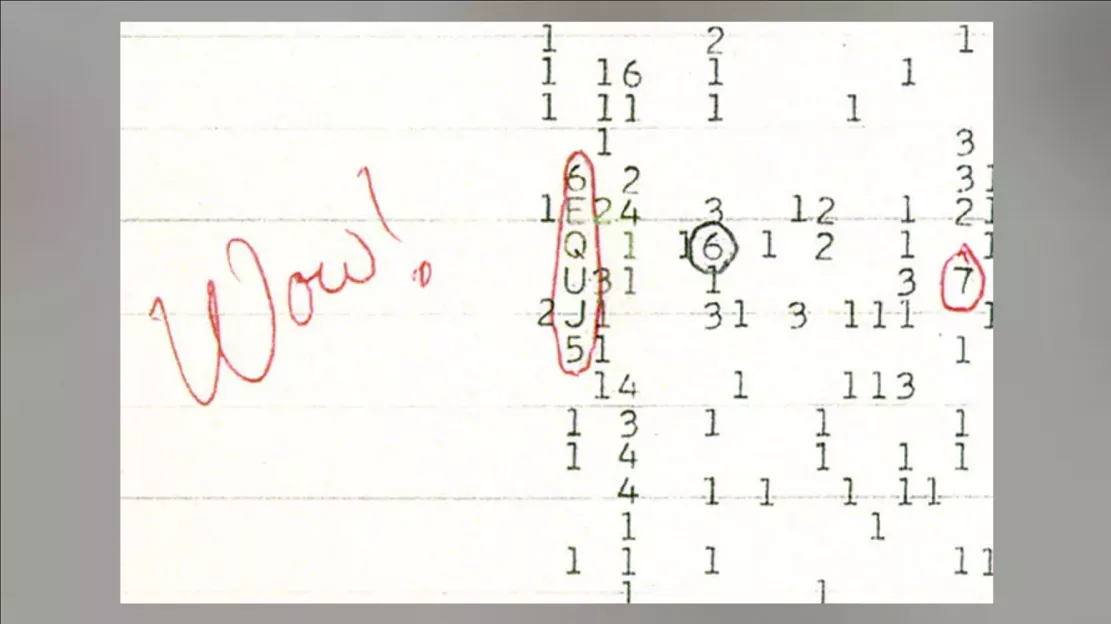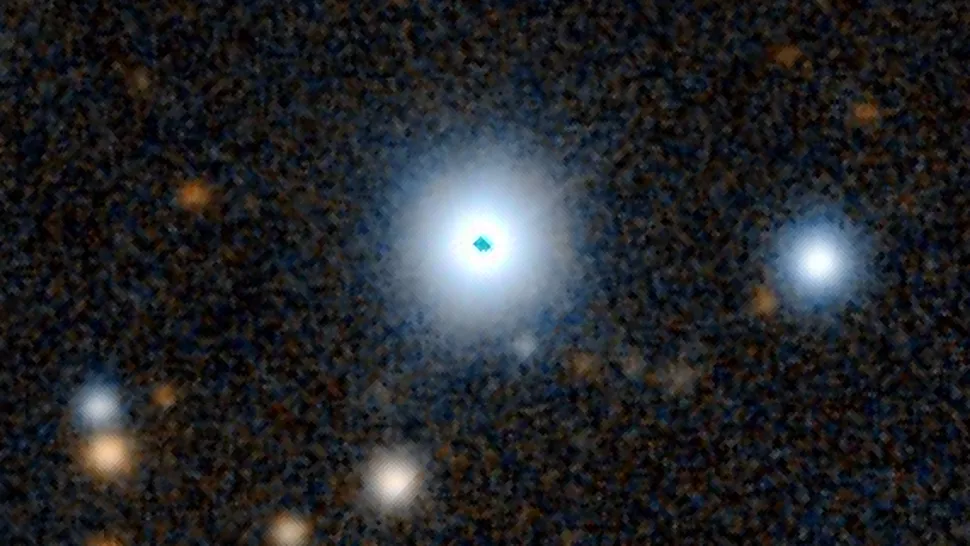Researchers may have identified a well-known source of extraterrestrial radio discovered nearly half a century ago. This prominent and still mysterious "Wow! Signal" sounded briefly in the radio telescope on the evening of August 15, 1977. It may come from a sun like star in the constellation Sagittarius 1800 light-years away.

"Wow! Signal is considered to be the best SETI candidate radio signal we found with telescopes," amateur astronomer Alberto Caballero told live science. According to NASA, the search for extraterrestrial intelligence (SETI) is a field that has been listening to possible information from technological organisms from other worlds since the mid-20th century.
According to the report written by its discoverer and astronomer Jerry Ehman to commemorate its 30th anniversary, wow appeared in a SETI search of the big ear telescope of Ohio State University! The signal is incredibly strong, but the duration is very short, only 1 minute and 12 seconds.
When he saw a printout of an abnormal signal, Ehman scrawled "Wow!" on the page And give the event a name. The now defunct big ear telescope looks for information in the 1420.4056 MHz electromagnetic band, which is generated by hydrogen.

Ehman wrote in his anniversary report: "since hydrogen is the most abundant element in the universe, we have every reason to speculate that an intelligent civilization in the galaxy that hopes to attract people's attention may broadcast a strong narrow-band beacon signal at or near the frequency of the neutral hydrogen line."
According to a historical data of the American Astronomical Society, researchers have searched for follow-up signals from the same place for many times since then, but have found nothing. Caballero told live science, wow! The signal most likely came from a natural event, not an alien, although astronomers have ruled out some possible source.
However, Caballero pointed out that in the process that we humans do not often try to greet aliens, most of them produce one-time broadcasts, such as the Arecibo message sent to globular cluster M13 in 1974. WOW! A signal could be something like that.
Because we know that the two receivers of the big ear telescope are in WOW! On the night when the signal occurred, it pointed in the direction of Sagittarius, so Caballero decided to search for possible candidates through the star directory of ESA Gaia satellite.
"I have found a star like the sun," he said It is reported that this celestial body is named 2MASS 19281982-2640123 and is about 1800 light-years away. Its temperature, diameter and brightness are almost the same as our own stellar companion. Caballero's findings were published in the internal Journal of astrobiology on May 6.
Although organisms may exist in a variety of environments completely different from our stars, they choose to focus on sun like stars. In view of the results obtained, he believes that "it may be a good idea to search for habitable planets (stars) and even civilizations".
"I think it's completely worth doing because we want to point our instruments in the direction of what we think is interesting," Rebecca Charbonneau, a historian who studies SETI at the Harvard Smithsonian Center for Astrophysics (not involved in this research), told live science. In addition, she added, "there are billions of stars in the Milky way, and we must figure out some ways to narrow their range."
But she wondered if the search for stars like the sun was too limited.
Humans have only one data point, which is ourselves. When considering what kind of technology aliens may have or how they may use it, Charbonneau said. The concept of SETI itself appeared in the mid-20th century, shortly after the military around the world began to use powerful electromagnetic instruments to broadcast information.
"I don't think this is a coincidence. In human history, the time when we began to put intelligent signals in space is also the historical point when we got the idea of looking for intelligent signals in space," Charbonneau said.